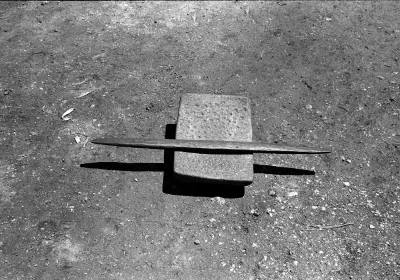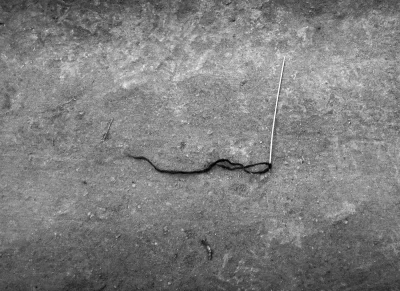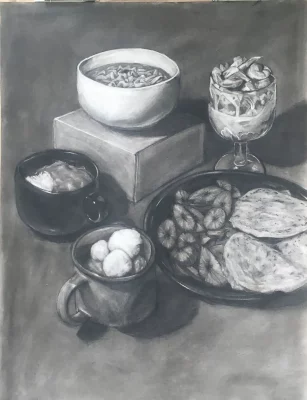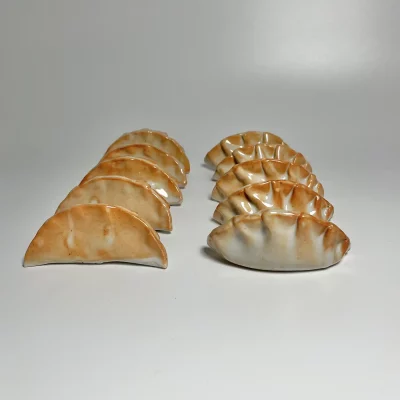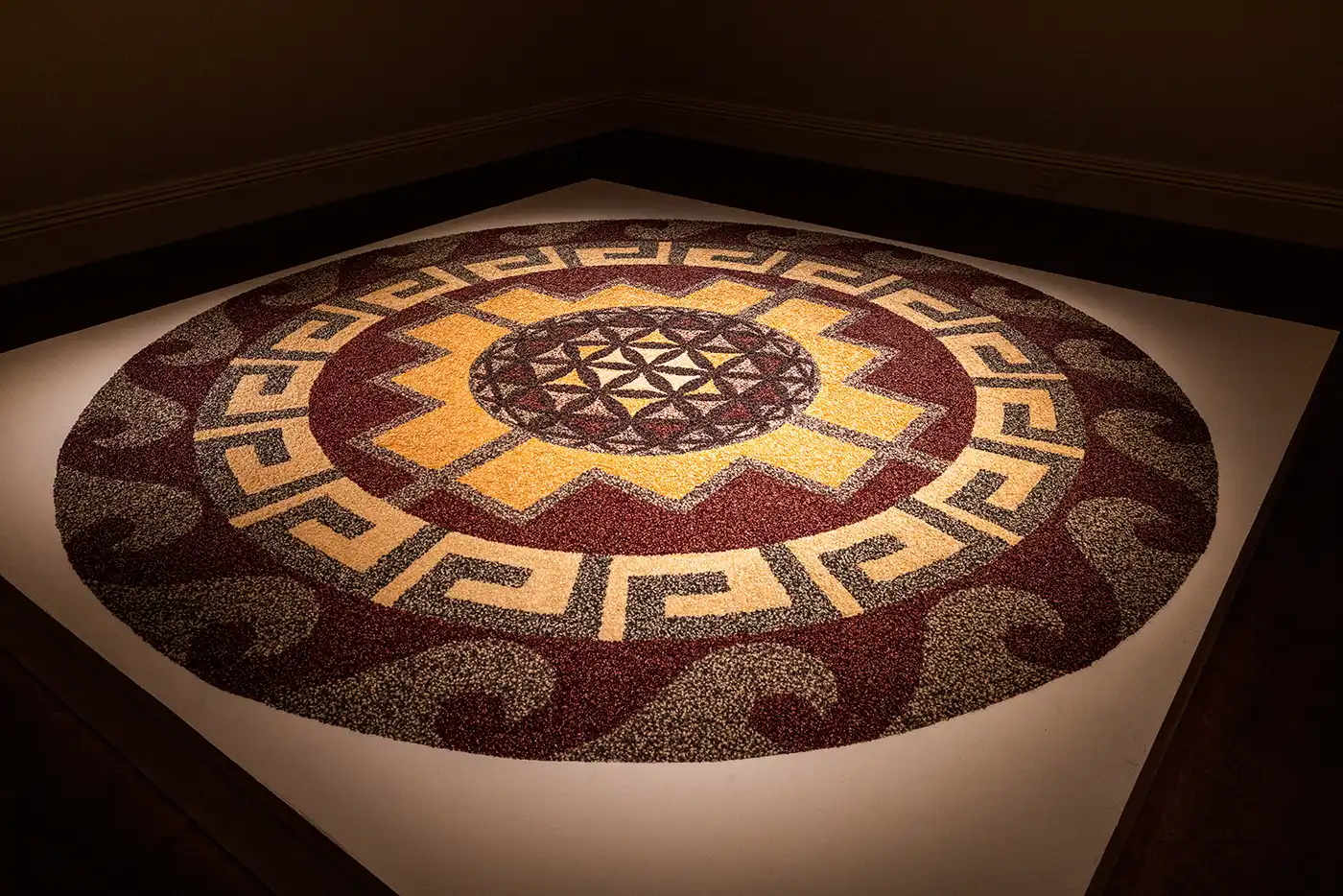
The Art of Belonging: How Food Transcends Cultures to Create Identity
Art
UVU Museum of Art is currently hosting The Art of Belonging, an exhibition curated by and showcasing artist Jorge Rojas. Included in The Art of Belonging is a juried exhibition, Maruch Santíz Gómez’s Beliefs of our Forebears and Jorge Rojas’ Material Mediations, which is where you will find the site-specific installation Corn Mandala: Belonging.
Rojas is an artist, curator and educator. Corn Mandala: Belonging is his seventh installation of ephemeral mandalas constructed of corn kernels. These mandalas remain in their respective exhibition for a short time before the kernels are recycled for a future mandala or given away by Rojas to be planted by patrons of his art.
The use of corn kernels as Rojas’ chosen medium comes with deep thought and a rich history. “I started doing this very deep-dive research into corn, and I didn’t know the significance or the importance of it,” Rojas explains. “When I started to understand what it meant to Mexican and Indigenous cultures, I started realizing that it was incredibly spiritual and charged with meaning.”
The mandala itself is composed of different symbols from Mesoamerican and Indigenous cultures. “I really wanted to honor native and migrant cultures that inhabit and contribute to the richness of [Utah],” says Rojas. In the mandala’s center is the flower of life, immediately followed by the chakana cross, then a symbol from Aztec and Mayan cultures as seen in art and architecture. Finally, a wave pattern borrowed from Pacific Islander cultures surrounds the mandala.
When you walk into the room, ambient music plays overhead, creating a reverent atmosphere. The mandala is centered on a platform, and the overhead light showcases the vibrance of the kernels, which are tightly and intricately packed together—every line is crisp. Corn Mandala: Belonging should be visually consumed in person to fully comprehend its power.
Maruch Santíz Gómez is the second solo artist featured in The Art of Belonging. Her installation features a series of photographs depicting myths of the Tzotzil Maya culture, an Indigenous ethnic group with which she identifies. The myths are written in Mayan, Spanish and English and accompanying each one is a black-and-white photograph depicting the essence of the myth. Incidentally, many of the myths concern food, showing the importance of food in Tzotzil Mayan culture and how it extends beyond consumption. One photograph titled Unin Ixim, or Corn Cob, shows a woven basket filled with half-eaten cobs of corn. The myth states, “If you leave half an ear of corn with kernels, a caterpillar will appear in your clothes later on.” These lighthearted superstitions evince a playfulness that surrounds food in Indigenous cultures and the long-lasting traditions that come from engaging with food mythology.
Rojas was eager to share pieces chosen for the juried show that depict food in some way. Charcoal drawing Food as a Love Language by Anisa Al-Nasser and Dumplings, a glazed porcelain display by Shiya Zeng are two pieces featuring food. Culturally significant food, ranging from tortillas to fortune cookies, are present throughout the show despite not being part of Rojas’ call for submissions. “I think it points to how much food plays a role in how we think about belonging in our homes, in our culture, with our friends,” Rojas says.
The overall exhibit feels like a sacred place where one can ruminate on the richness of culture and think deeply about identity. Rojas’ curation and artwork are stunning examples of belonging in cultures you may have been born a member of or come to be a part of later on. You can visit The Art of Belonging until Sept. 16 at the UVU Museum of Art, and follow Rojas on Instagram @keoqui.
Read more on Jorge Rojas:
Personal/Public: Artist Jorge Rojas on Performance
Huge: The Benefit Art Show for Comunidades Unidas
